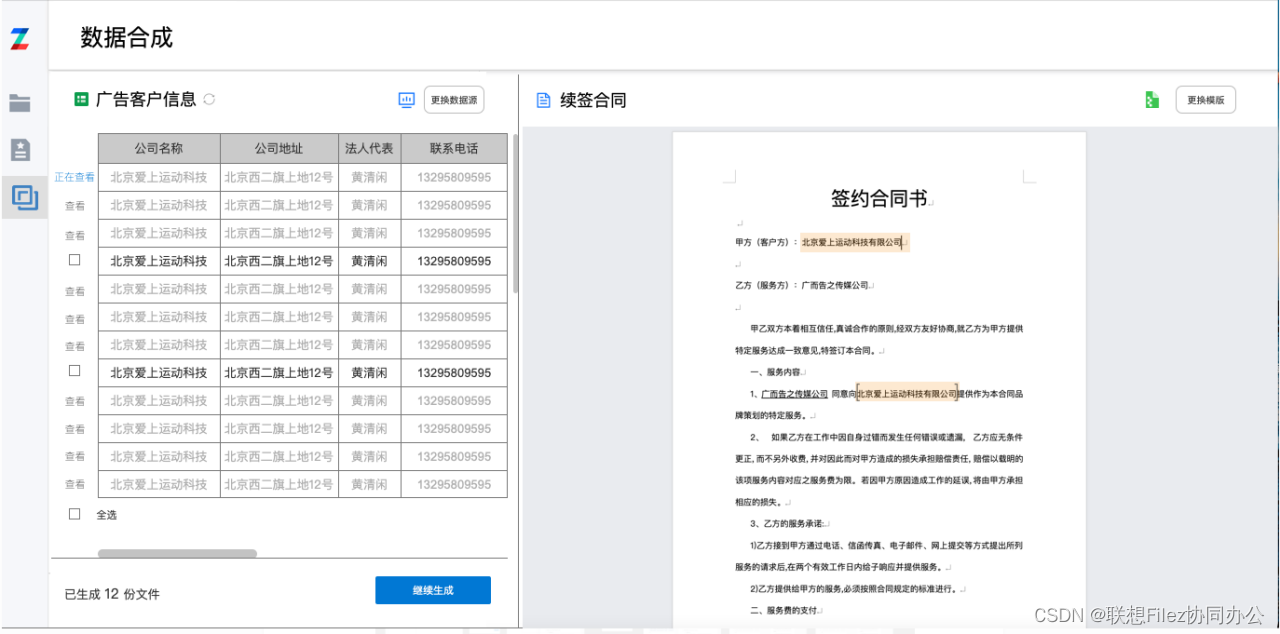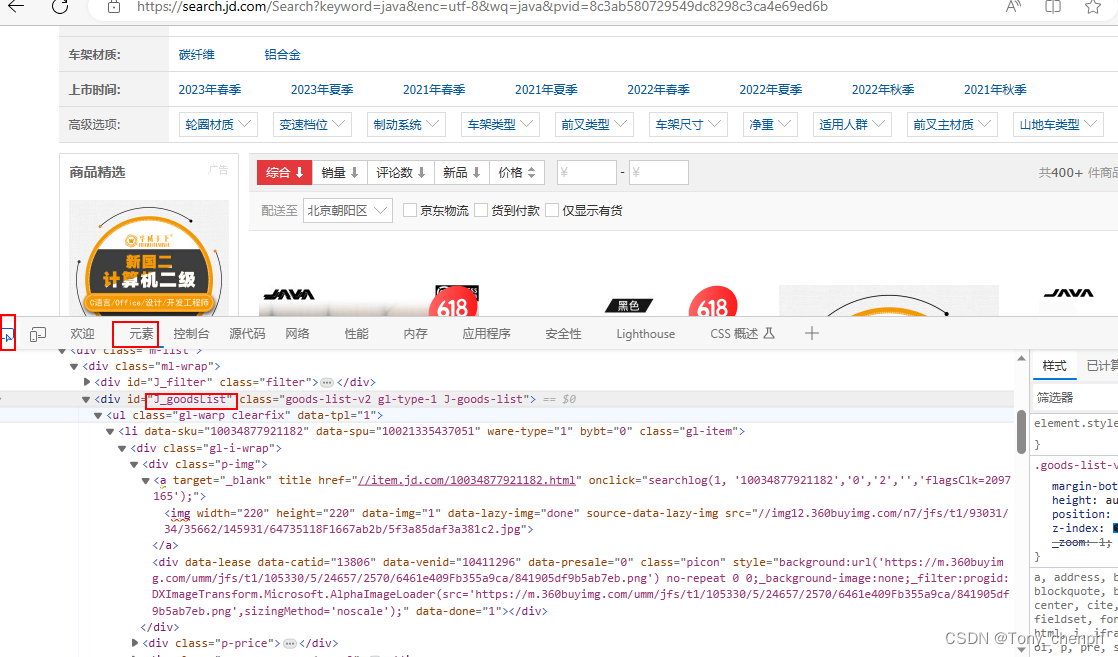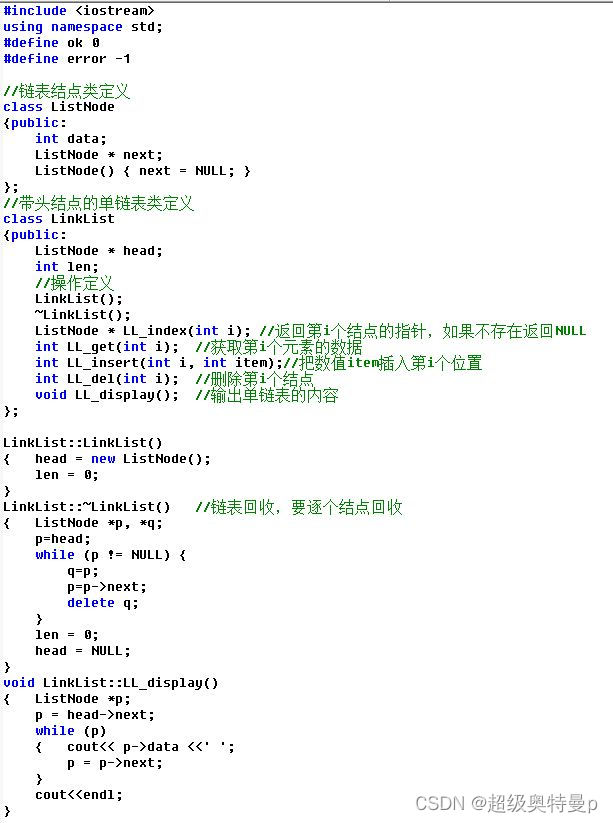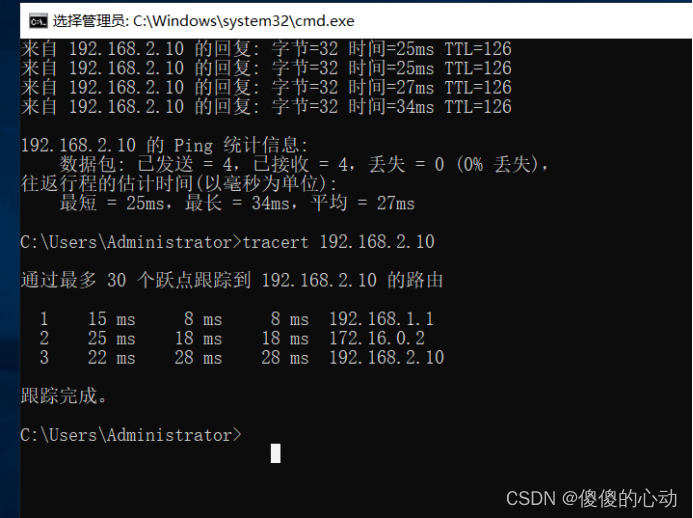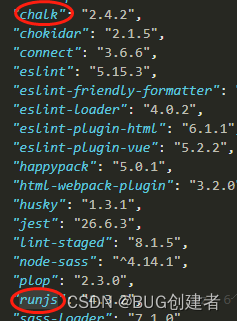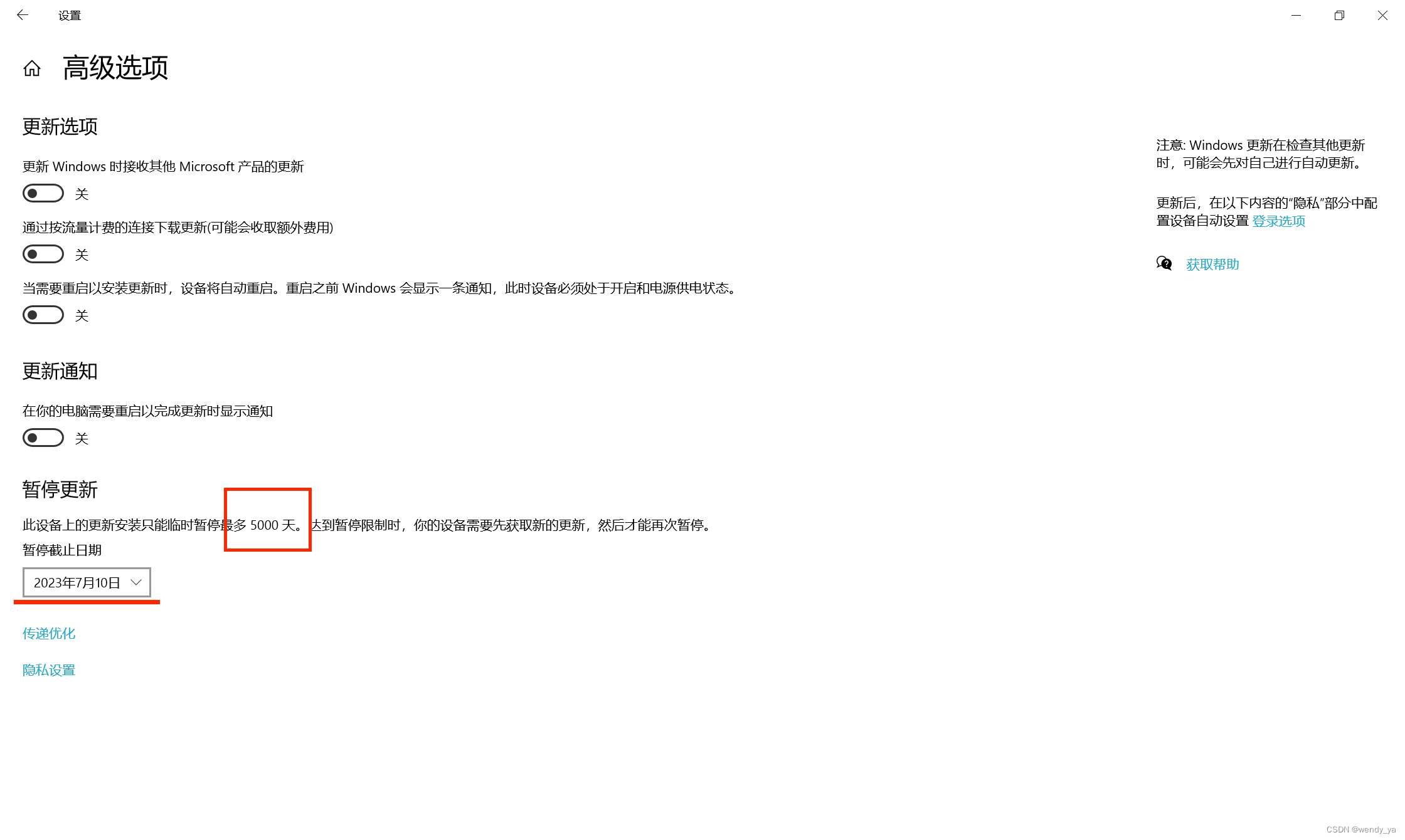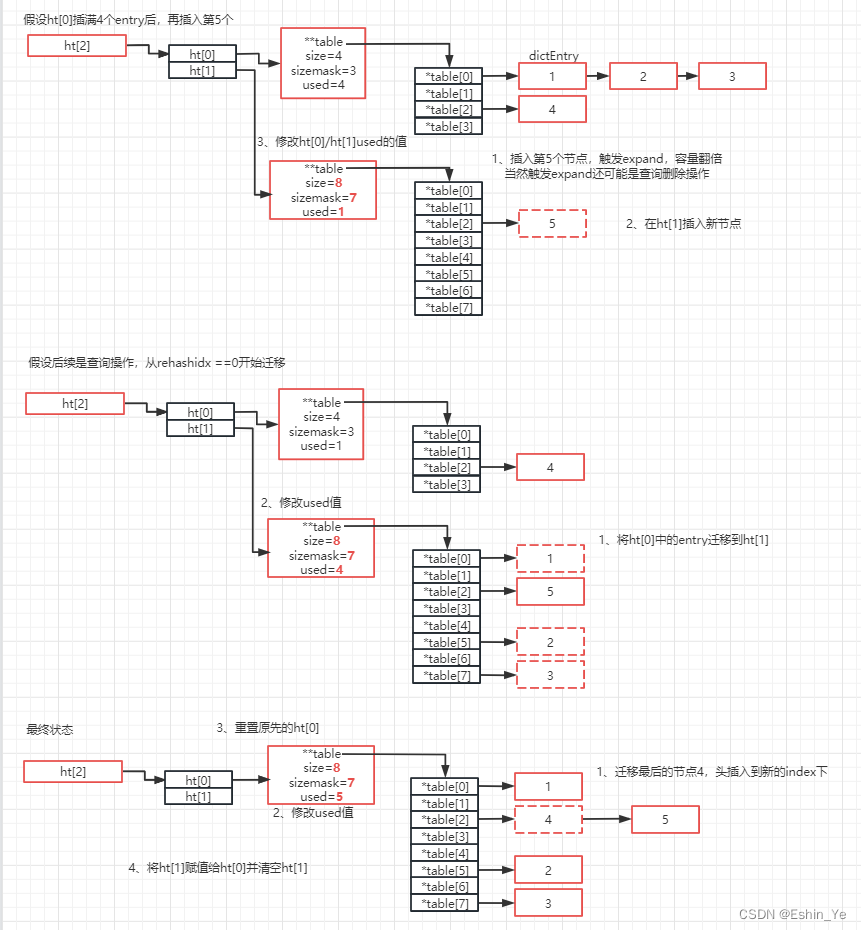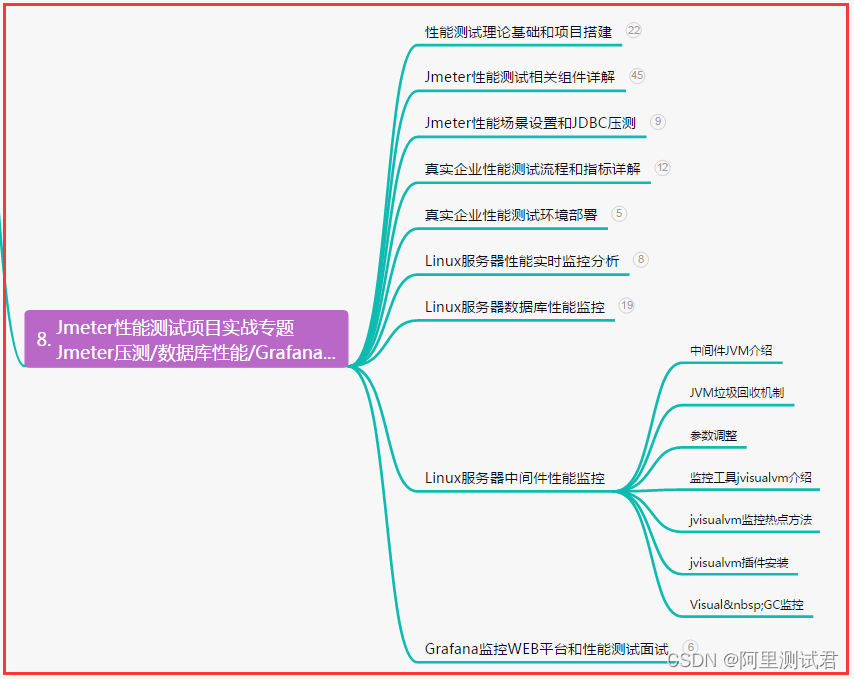一、pom.xml中导入必要的依赖:
<parent>
<groupId>org.springframework.boot</groupId>
<artifactId>spring-boot-starter-parent</artifactId>
<version>2.0.1.RELEASE</version>
</parent>
<dependencies>
<!-- SpringBoot 核心组件 -->
<dependency>
<groupId>org.springframework.boot</groupId>
<artifactId>spring-boot-starter-web</artifactId>
</dependency>
</dependencies>
二、启动定时任务
在Application中设置启用定时任务功能@EnableScheduling
// An highlighted block
import org.springframework.boot.SpringApplication;
import org.springframework.boot.autoconfigure.SpringBootApplication;
import org.springframework.scheduling.annotation.EnableScheduling;
@SpringBootApplication
@EnableScheduling
public class ResttemplatetestApplication {
public static void main(String[] args) {
SpringApplication.run(ResttemplatetestApplication.class, args);
}
}
其中 @EnableScheduling 注解的作用是发现注解@Scheduled的任务并后台执行。
三、定时任务具体实现类
@RestController //其他文件可加上@Component
public class HelloController {
private static final SimpleDateFormat dateFormat = new SimpleDateFormat("HH:mm:ss");
@GetMapping("/hello")
@Scheduled(fixedRate = 2000) //每隔2秒执行一次
public Object hello(){
RestTemplate restTemplate = new RestTemplate();
String url = "https://story.hhui.top/detail?id=666106231640";
InnerRes res = restTemplate.getForObject(url, InnerRes.class);
System.out.println("定时任务执行时间:" + dateFormat.format(new Date()));
return res;
}
}
四、运行Spring Boot,输出结果为如下,每2秒钟打印出当前时间

注意: 需要在定时任务的类上加上注释:@Component
在具体的定时任务方法上加上注释@Scheduled即可启动该定时任务
五、@Scheduled参数描述
1.@Scheduled(fixedRate=3000):上一次开始执行时间点后3秒再次执行
按照一定的速率执行,是从上一次方法执行开始的时间算起,如果上一次方法阻塞住了,下一次也是不会执行
但是在阻塞这段时间内累计应该执行的次数,当不再阻塞时,一下子把这些全部执行掉,而后再按照固定速率继续执行
2.@Scheduled(fixedDelay=3000):上一次执行完毕时间点3秒再次执行
控制方法执行的间隔时间,是以上一次方法执行完开始算起
如上一次方法执行阻塞住了,那么直到上一次执行完,并间隔给定的时间后,执行下一次
3.@Scheduled(initialDelay=1000, fixedDelay=3000):第一次延迟1秒执行,然后在上一次执行完毕时间点3秒再次执行
这个定时器就是在上一个的基础上加了一个initialDelay = 10000
意思就是在容器启动后,延迟10秒后再执行一次定时器,以后每3秒再执行一次该定时器
六、@Scheduled(cron=" * * * * * ?"):按cron规则执行;
cron表达式:设置每天什么时候执行
cron表达式,有专门的语法,不用特意去记,特殊的语法可以单独去查
cron一共有7位,但是最后一位是年,可以留空:
* 第一位,表示秒,取值0-59
* 第二位,表示分,取值0-59
* 第三位,表示小时,取值0-23
* 第四位,日期天/日,取值1-31
* 第五位,日期月份,取值1-12
* 第六位,星期,取值1-7,星期一,星期二...,
* 注:不是第1周,第二周的意思
* 另外:1表示星期天,2表示星期一
* 第7为,年份,可以留空,取值1970-2099
cron中,还有一些特殊的符号,含义如下:
(*)星号:可以理解为每的意思,每秒,每分,每天,每月,每年...
(?)问号:问号只能出现在日期和星期这两个位置。
(-)减号:表达一个范围,如在小时字段中使用“10-12”,则表示从10到12点,即10,11,12
(,)逗号:表达一个列表值,如在星期字段中使用“1,2,4”,则表示星期一,星期二,星期四
(/)斜杠:如:x/y,x是开始值,y是步长,比如在第一位(秒) 0/15就是,从0秒开始,每15秒,最后就是0,15,30,45,60 另:*/y,等同于0/y
下面列举几个例子供大家来验证:
0 0 3 * * ? 每天3点执行
0 5 3 * * ? 每天3点5分执行
0 5 3 ? * * 每天3点5分执行,与上面作用相同
0 5/10 3 * * ? 每天3点的 5分,15分,25分,35分,45分,55分这几个时间点执行
0 10 3 ? * 1 每周星期天,3点10分 执行,注:1表示星期天
0 10 3 ? * 1#3 每个月的第三个星期,星期天 执行,#号只能出现在星期的位置
cron表达式语法:https://blog.csdn.net/weixin_45265547/article/details/123073112
cron表达式规则:https://www.cnblogs.com/javahr/p/8318728.html,https://www.cnblogs.com/dubhlinn/p/10740838.html
在线Cron表达式生成器:https://cron.qqe2.com/

